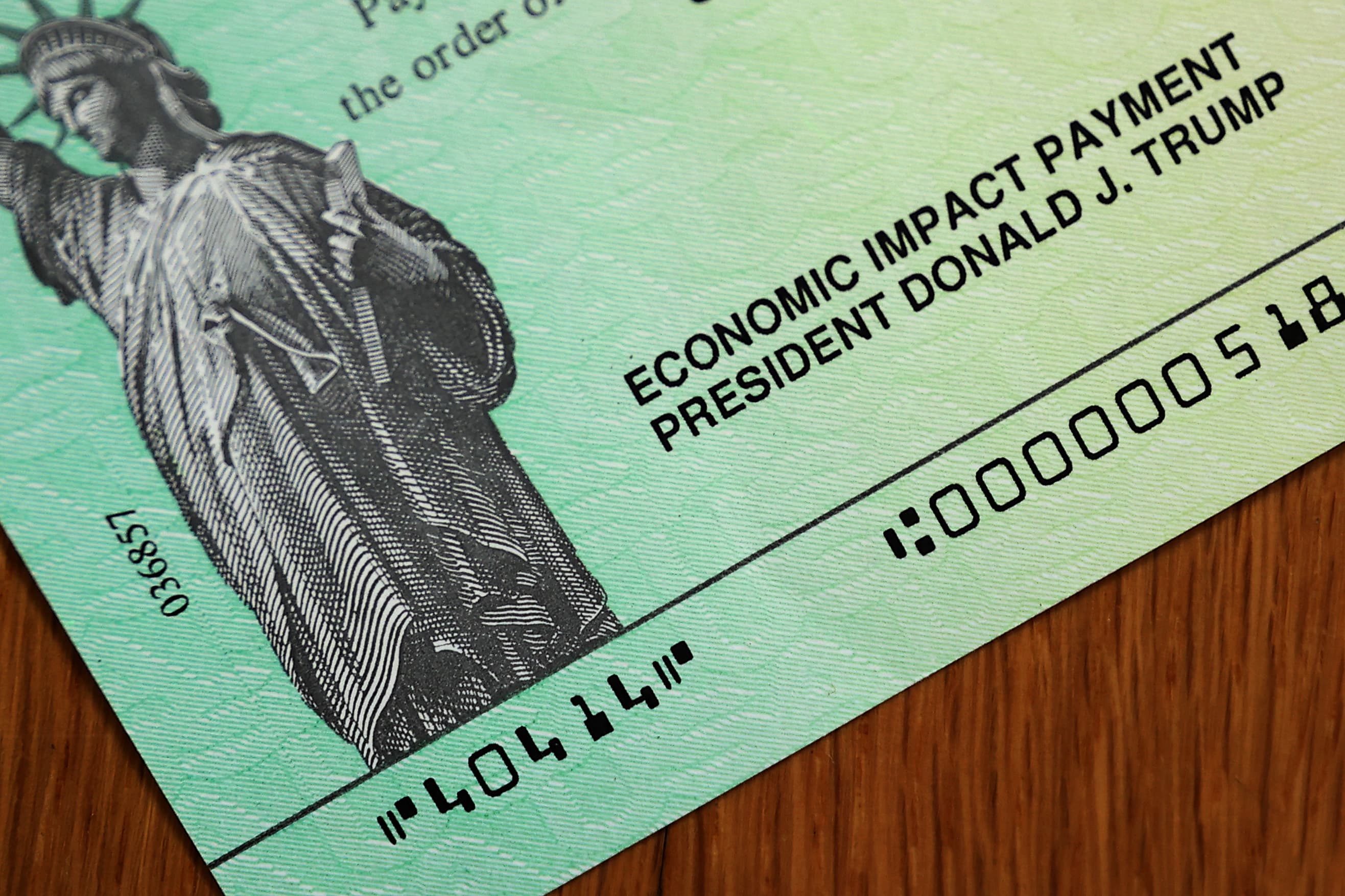For many Americans, federal stimulus payments are a lifeline during this period of extreme financial stress.
And yet, many questions remain unanswered in the ever-changing status of these payments. Americans are also wondering how to make the best use of this one-time cash injection — or whether more money is on the way.
Here are answers to a few of the top questions about where the coronavirus rescue checks stand now.
1. How many people have received stimulus checks?
So far, more than 159 million Americans have received economic impact payments totaling almost $267 billion.
Of the payments, 120 million were sent to Americans by direct deposit, 35 million by check and 4 million payments were made in the form of a pre-paid debit card, according to the IRS. (What looks like junk mail could be your stimulus payment.)
More from Personal Finance:
Americans appear ready to shop again
Here’s what could be in additional stimulus legislation
Don’t let the recession tempt you into these risky investments
The payments — up to $1,200 per individual, $2,400 per married couple plus $500 for children 17 and under — were authorized by Congress through the CARES Act.
2. Who is eligible?
The first round of stimulus payments included individuals and families within certain income thresholds: Those with up to $75,000 in income were eligible for full checks. For married couples, the limit was $150,000.
Americans with earnings above those levels saw their checks gradually reduced and then fully phased out at $99,000 in income for individuals and $198,000 for married couples.
That was based on the adjusted gross income from either the 2018 or 2019 tax return, whichever was most recently filed with the IRS.
3. What should you do with the money?
New research by Columbia Business School Professors R.A. Farrokhnia and Michaela Pagel found that individuals that received stimulus checks spent an average of a third of the checks right off the bat on necessities like food and rent, and then kept the rest in their accounts.
To make the best use of this money, experts recommend paying down high-interest debt and kicking off an emergency fund, with the goal of having enough cash stashed to cover at least three months of expenses.
However, if you put all that money in a savings account, it would earn less in interest than the current rate of inflation, eroding your buying power over time.
Alternatively, investing, at least conservatively, is a good long-term bet. If history is any guide, those who invested in the market have done considerably better than those who shied away from stocks.
4. What if you never received a check?
If you have not received your payment yet, you can check on the status of that money on the Get My Payment tool.
There are still an estimated 30 million to 35 million payments yet to be issued, according to recent data on the progress of the payments from the House Ways and Means Committee.
That includes millions of people who do not file tax returns and who do not receive federal government benefits.
If you haven’t received your stimulus check and do not file tax returns, you must use the government’s non-filer tool online in order to receive your money. The deadline to enter your information in order to receive the money this year is Oct. 15.
If you typically file tax returns and still haven’t received your stimulus check, you can try calling the IRS hotline at 800-919-9835.
5. Will there be another round of stimulus checks?
The White House has signaled it would be open to additional stimulus.
However, Congress has yet to decide exactly what the next version of coronavirus stimulus legislation will look like.
If House Democrats have their way, a second batch of checks will be issued.
The HEROES Act, which was passed by the House of Representatives, calls for another set of $1,200 payments. This time, however, the payments would be more generous, with up to $6,000 per family, including $2,400 per married couple and $1,200 per dependent for up to three children.
Some Republican lawmakers have focused instead on providing incentives to get people back to work.
In either case, negotiations likely won’t get serious until late July, when the Senate and House of Representatives are scheduled to return to Washington.
